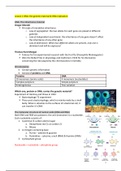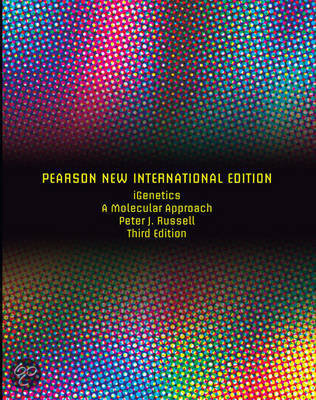Samenvatting
Summary Crouse 5: Molecular biology
- Instelling
- Hogeschool Arnhem En Nijmegen (HAN)
A summary of the subject "molecular biology" of the 2nd year of Life Sciences. This summary has been made of 7 online lectures and it consists of 37 pages.
[Meer zien]




